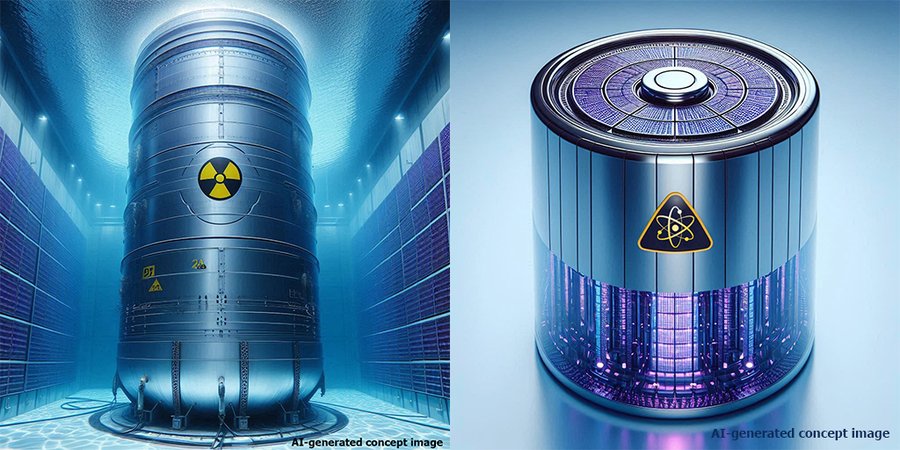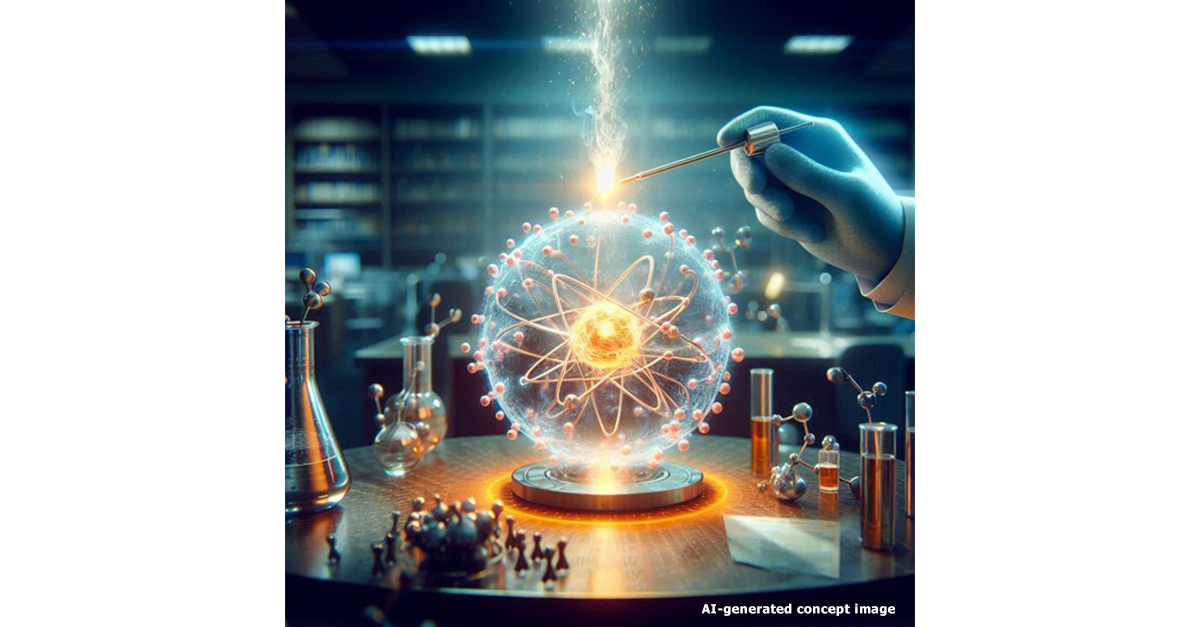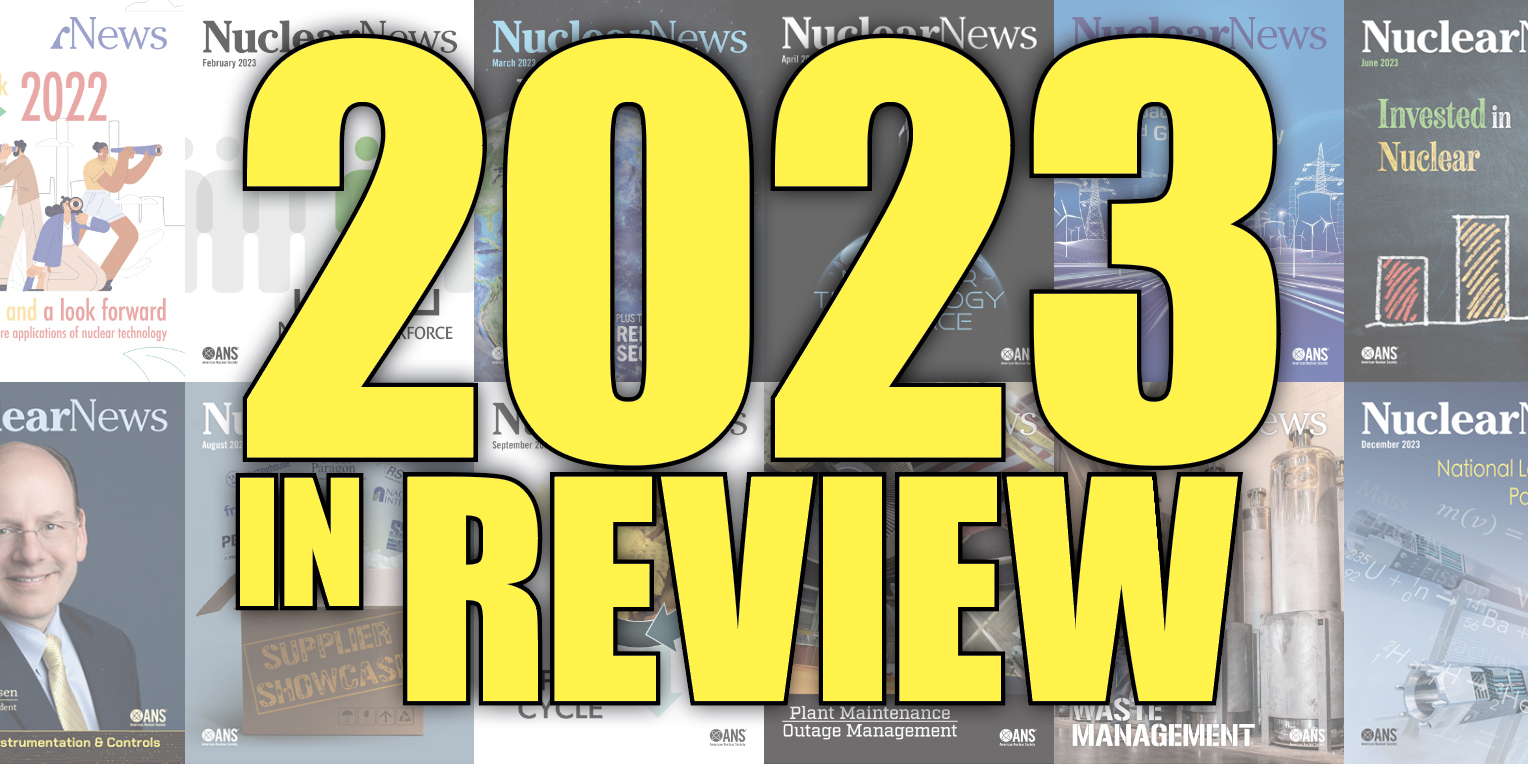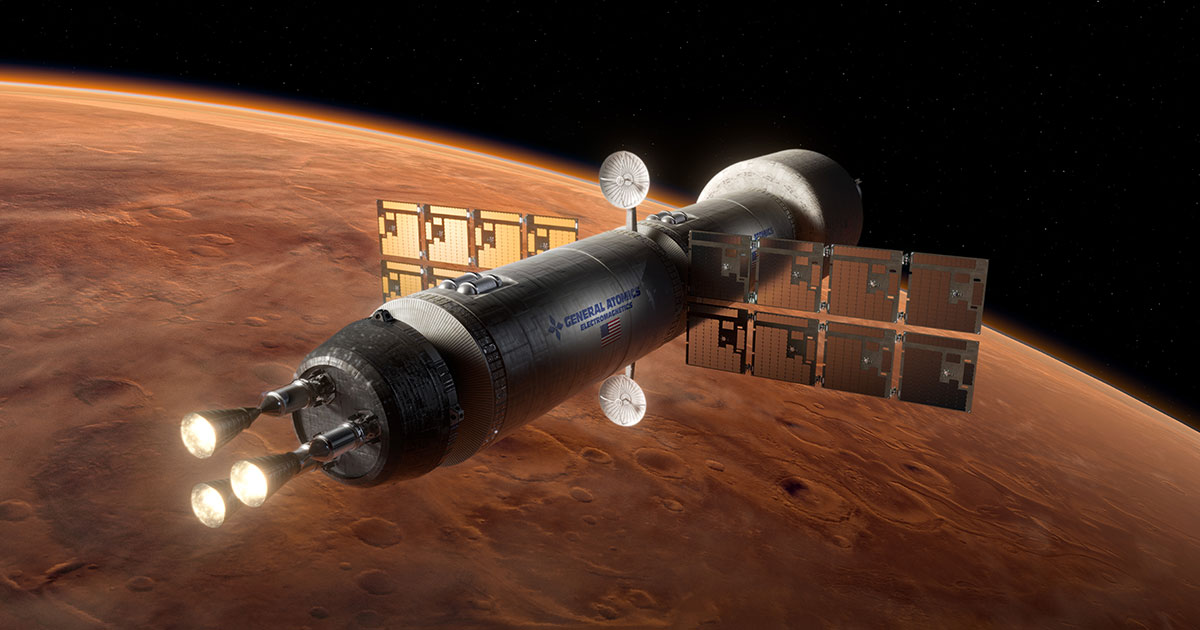In this artist’s concept, a notional spacecraft with a high-power plasma thruster is powered by kilowatt-level radiovoltaics. (Image: DARPA/Alan Clarke)
You could call it a power contest. Teams picked for a new research program from the Defense Advanced Research Projects Agency (DARPA) will compete to design radiovoltaic cells that can outperform others in measured power density and endure high-flux radiation from a U.S. Army Research Lab linear accelerator. The top teams will strive to make it through a second downselect based on the performance of cells sequestered in time capsules and subjected to even more punishing high-flux radiation. Concepts that make it to the bonus period have a chance to be built into radioisotope-fueled power systems uniquely suited to high-radiation regions of space or dark, remote places on Earth.
AI-generated concept image. (Image: DARPA)
Nuclear power already has an energy density advantage over other sources of thermal electricity generation. But what if nuclear generation didn’t require a steam turbine? What if the radiation from a reactor was less a problem to be managed and more a source of energy? And what if an energy conversion technology could scale to fit nuclear power systems ranging from miniature batteries to the grid? The Defense Advanced Research Projects Agency (DARPA) Defense Sciences Office (DSO) is asking these types of questions in a request for information on High Power Direct Energy Conversion from Nuclear Power Systems, released August 1.
Artist’s rendering of USNC spacecraft using EmberCore. (Image: DIU)
The Defense Innovation Unit (DIU), a Department of Defense organization focused on swiftly putting commercial technology to use in the U.S. military, has awarded contracts for two nuclear technologies—compact fusion and radioisotope heat—for spacecraft that could carry a high-power payload and freely maneuver in cislunar space. The objective is to accelerate ground and flight testing and launch a successful orbital prototype demonstration of each approach in 2027.















